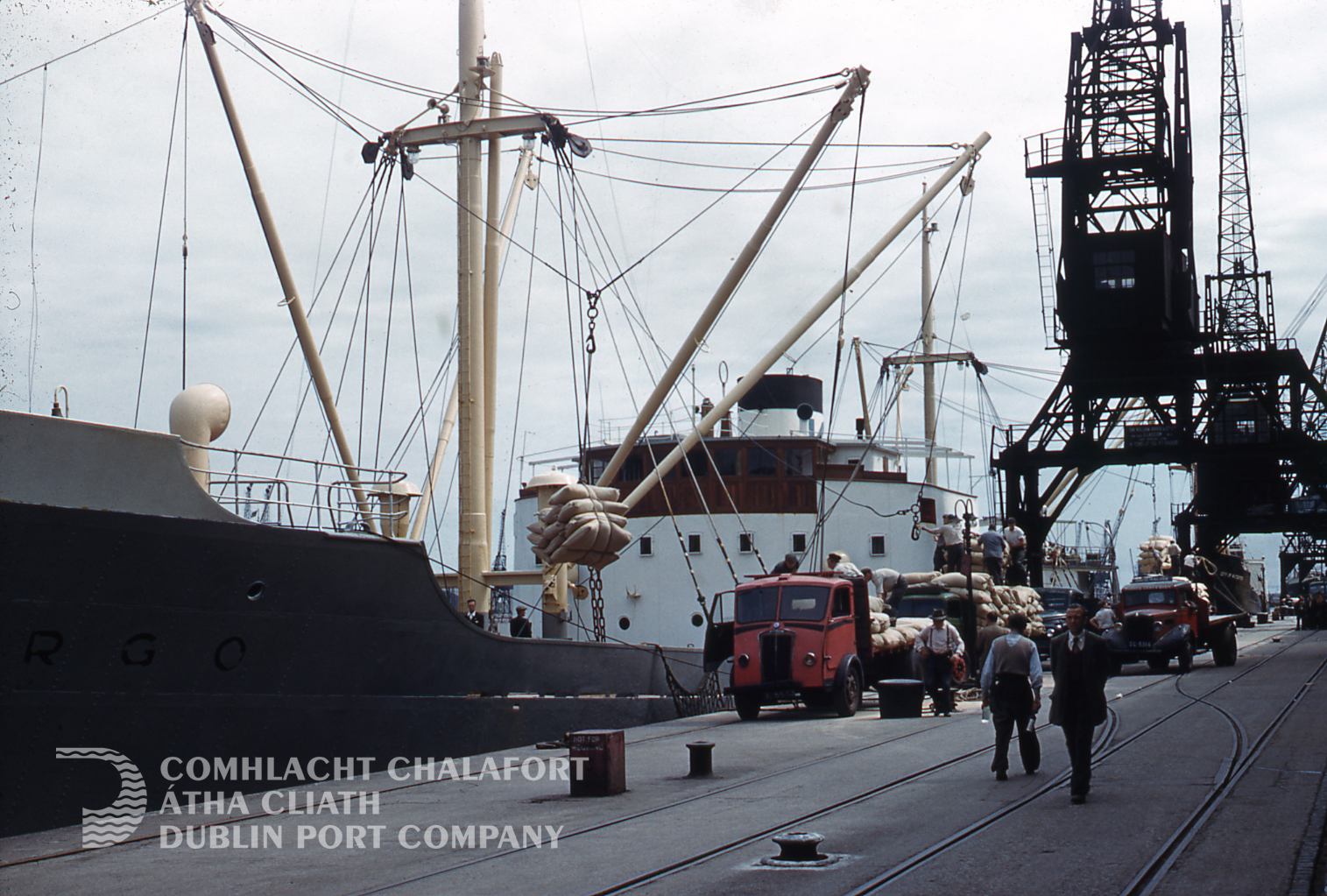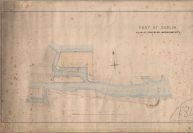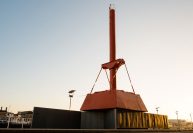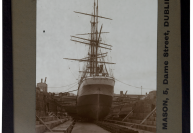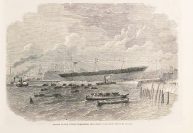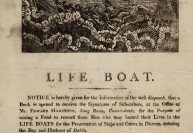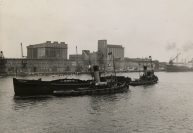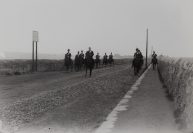Unveiling the Archive
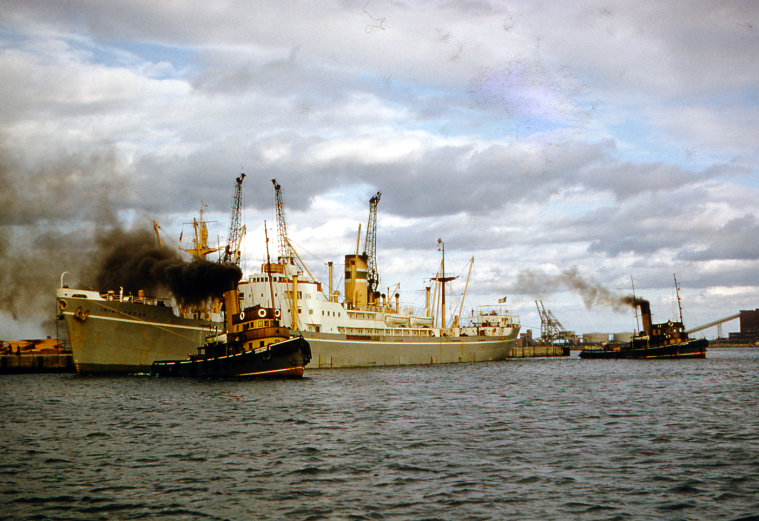
Thousands of Iconic Engineering Documents from the past are being unveiled online for the first time as part of Dublin Port’s digitalisation of its archive, writes Marta Loez, Researcher and Cataloguer, Dublin Port Company.
Since the first port authority was established in 1707, Dublin’s landscape has changed drastically. The capital had experienced only minor alterations throughout the 1600s. The Dublin mapped by Speed and Moll is roughly the same, despite a century having elapsed between both maps.
However, when you fast forward half a century to Rocque’s 1756 map, a very different city is presented to the beholder: the Liffey is no longer diverted in multiple channels, and the South Wall stretches over 4km out in the bay. These were only the beginning of a series of substantial engineering works driven by the successive port authorities.
The 18th and 19th centuries witnessed the construction of iconic landmarks such as the North Bull Wall, Custom House and George’s Dock, the North Wall Extension
and Alexandra Basin. Throughout the 20th century, the completion of the deep sea port took place, reclaiming land from the sea, pushing the Port to its present location at the mouth of the Liffey.
Extensive Archive
These centuries of port development left a fair amount of archive material. Luckily, Dublin Port Company’s predecessors preserved a wide range of design drawings, plans and other documents related to port improvements and maintenance.
Today, the engineering drawings collection is comprised of over 30,000 items, which offer a unique insight into how Dublin Port shaped Dublin City. Some of these drawings bear the signature of Irish history’s most illustrious engineers: George Halpin, Bindon Blood Stoney, JP Griffith, and Joseph Mallagh. The latter three were presidents of the Institution of Civil Engineers of Ireland. Indeed, in 1927, ICEI President Alfred Delap described the Port as the best example of the progress of Irish engineering. It certainly is a collection of national importance.
Commitment to Preserving Port Heritage
Dublin Port Company is committed to preserving port heritage and culture, a commitment reflected in Masterplan 2040 which commits to the integration of the Port and the City, setting policy drivers such as making a positive impact on Dublin and its citizens. Heritage and the facilitation of its public access are essential
to achieving this goal. However, physical access often clashes with conservation, particularly when it comes to documents of this age. Exposure to light and humidity can cause damage to the documents, while manual handling is one of the major sources of deterioration and these were working documents, which saw them handled a lot, which has taken its toll. For items like these engineering documents, digitisation is a common solution. It allows accessibility without compromising the archive materials. These can be kept safe and cared for by archive professionals.
Following this principle, Dublin Port embarked on a digitisation project in 2020, working with Archives Ireland to scan 4,4000 drawings stored at the Maintenance and Services workshop. A trained conservator took care of making bespoke conservation folders to move the collection safely. Some conservation treatment was required. Cleaning and consolidation procedures were performed to ensure the drawings were fit for scanning. The project was completed throughout 2021 and is the first step to unveiling the treasures under Dublin Port Company care. The plan is to release the collection on the Dublin Port Archive website, facilitating their public use to researchers, students, heritage enthusiasts and port communities alike.
Help us with the Archive
You can help us to preserve Dublin Port’s rich archival heritage by
donating items or seek advice from us on items in your safekeeping.
Get in touch by completing the contact form below.
We’d love to hear from you!
